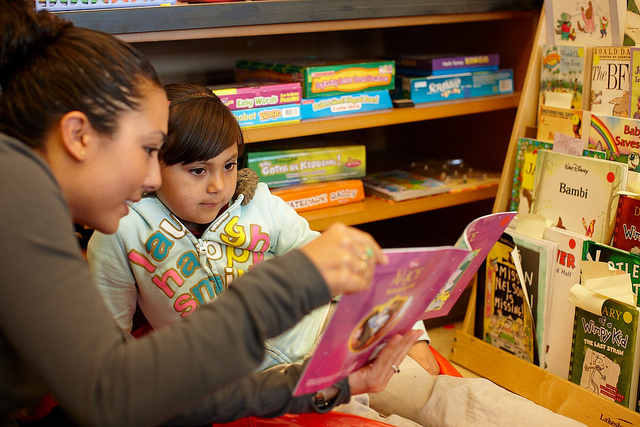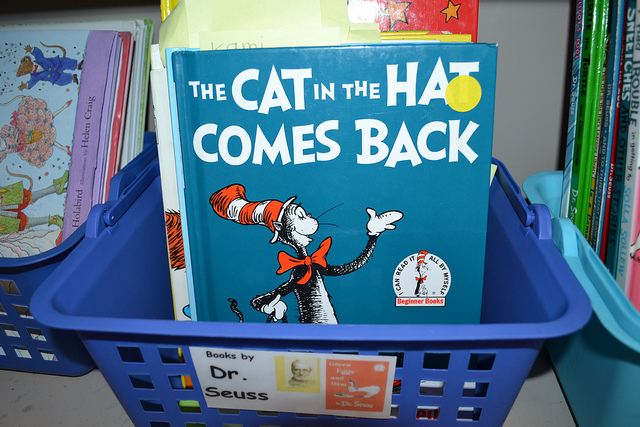October 14, 2015
5 easy ways parents/guardians can increase their child's reading fluency
Reading is one of the most important components of language learning and education. It forms the basis for learning how to read – only to learn from what we read. While most children gain the fundamentals of reading by the time they are in second grade, not every child develops the ability to read fluently. Reading fluency is more or less a skill that enables the reader to read quickly, accurately, and with expression.
If your child is struggling to read fluently, there are many strategies you can use at home to support this critical, lifelong skill. Don’t worry! Any child who struggles with reading fluency can improve with practice, attention, and consistent feedback. Here are a few simple ways to get your kids reading pages and pages of text with absolute confidence.
1. Model fluent reading
Young children are naturally pretty fast learners. The one thing that we often overlook is their ability to learn from others. One of the best ways to improve a child’s reading fluency is to model it for him. Let the child see and hear what fluent reading should sound like. Make sure you include plenty of expressions and emotion while reading and model proper phrasing and pacing. Then ask your child to read the same passage in the same style or manner as you did.
2. Stopwatch readings
Another strategy that works for improving reading speed, which is also a major part of fluency, is asking your child to read a given passage in a set time frame. Here’s how it’s done: Set a stopwatch for one minute, and have your child read a passage with as few errors as possible. Notice where your child stops or breaks his fluency and work on improving those areas. Perhaps there was a word he couldn’t pronounce. Ask him to repeatedly pronounce the word after learning the meaning. Then once again, ask your child to read the passage with the timer set to one minute. This time the reading should be faster!
The one minute read works because it is a manageable chunk of time and your child will be able to practice several repeated reads in a row without losing focus or interest.
Use a graph to track the number of words your child read per minute, along with the number of errors and challenging words. Your child will be excited to know he/she is improving, so be sure to celebrate improvements regularly.
3. Choral read aloud sessions
“Choral reading,” is when a teacher or parent reads aloud and asks the children to follow at the same pace. Choral reading is another way to show your child what fluent reading should sound like. Choosing a book at the child’s independent reading level will make it easier for him/her to keep up with the accuracy and pace.
4. Marked reading
Take a passage and ask your child to read while you silently follow on a copy of that same passage. Mark places where your child made mistakes (mispronunciation, skipped words, etc.) and keep practicing these words and passages. This can be done during the stop watch reading exercise or a read aloud activity.
To track progress, mark the number of errors and challenging words each time the passage is read. Again, remember to celebrate progress with prizes and/or praise.
5. Re-read favorite books
Always encourage your child to re-read favorite books. Some parents or teachers discourage children from reading the same books again and again in an attempt to expose them to new information. However, constantly reading new material doesn’t help reading fluency at all. In fact, the more accustomed to reading a particular book your child is, the more fluent he becomes at reading it. This gives them the confidence, accuracy, and speed needed to read fluently without focusing on just reading and instead more on comprehending and mimicking expressions.
Lastly, the best way to improve children’s reading fluency is by encouraging them to read more often while keeping speed, accuracy, and expression in mind. The more they read, the better they get! Modeling positive reading behavior sets the tone for reading in your household.
Martin Berk is a well-trained personal tutor hailing from Los Angeles. He works as a senior editor at an online company offering the services of expert coursework writers UK. He’s also an avid reader and a wannabe blogger with keen interest in teaching, tech and education, etc.













